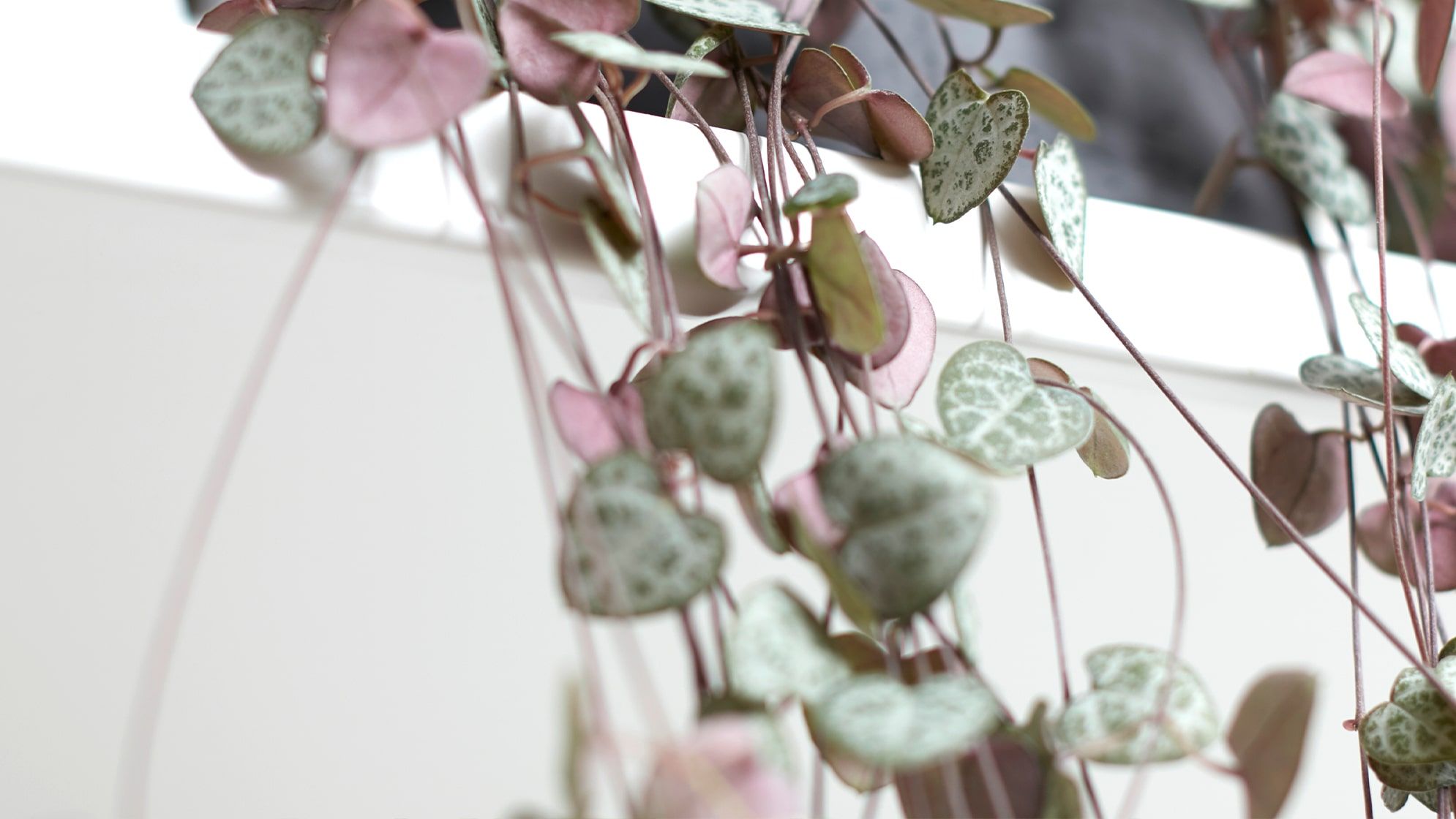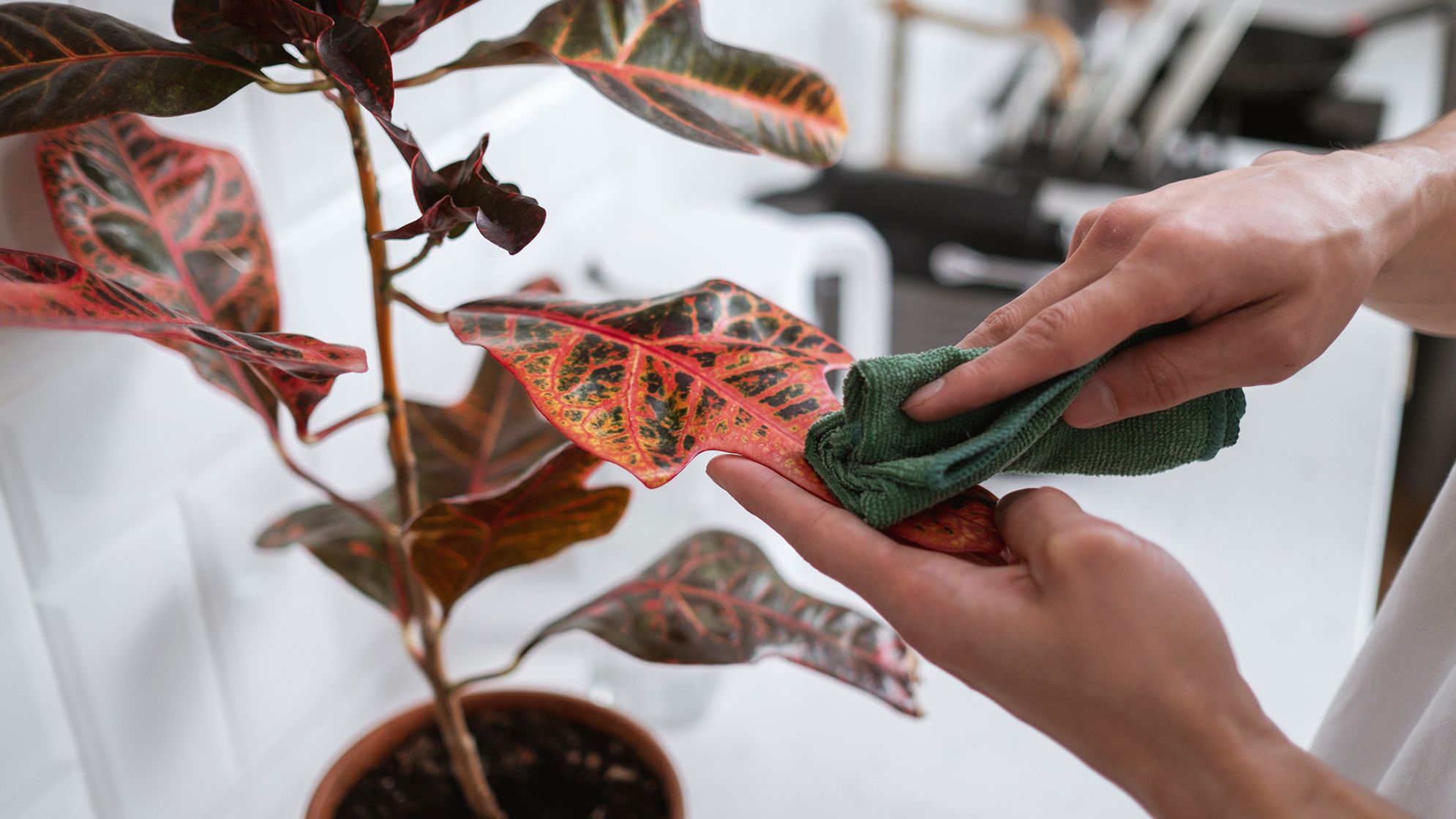Shop Patch's indoor fern plants
House plants don’t get more classic than ferns. These much-loved indoor plants thrive in low-lit, humid conditions, making them great additions to steamy bathrooms or kitchens. There are lots of different types of indoor fern, ranging from easy-care favourites perfect for plant newbies to more challenging types best suited to experienced green thumbs. Read moreFerns come in all sorts of shapes and sizes. Some have thick, frilly leaves, like Zach the Japanese Bird’s Nest fern and Davina the Blue Star fern, while others have more delicate, textured fronds, such as Venus the Maidenhair fern and Gus the Asparagus fern. There aren’t many large indoor fern varieties – generally, these plants are compact and slow growing – but our biggest Boston fern, Bertie, has long fronds that make a real impact. Our small indoor fern varieties, such as Pele the Bird’s Nest fern, are perfect for compact spaces such as shelving or side tables.
Read lessA guide to indoor ferns
Are ferns good for indoors?
We certainly think so, which is why our collection includes some of the best indoor ferns we could find. With so many different varieties, ranging from easy-care favourites to ferns with more specific needs, they’re a great option for every experience level.
Where is the best place to put a fern in the house?
In the wild, you’ll usually find ferns hanging out in damp, cool spaces. The best way to make your fern feel right at home is to mimic these conditions, so a low-lit spot in a bathroom or kitchen would be perfect.
Are indoor ferns hard to keep alive?
It all depends on the plant. Some indoor ferns can be more challenging to look after than others, and have specific needs. Maidenhair ferns, for example, like lots of moisture, with lightly moist soil and humidity in the air. They need regular attention, which is why we recommend these for more experienced growers. Asparagus ferns are also trickier to care for – they need regular watering and humid air. Watch our video for more tips on indoor fern care.
What is the most low-maintenance fern?
While some ferns can be tricky customers, there are others that are extremely easy going. Our Bird’s Nest fern and Japanese Bird’s Nest fern are among the best indoor fern varieties for easy care. They will be happy in most light conditions (anything but direct sun will suit them) and, unlike other members of the fern family, don’t mind their soil getting a little dry. Bertie the Boston fern is also a good low-maintenance option, although she prefers her soil to be moist
Should you mist indoor ferns?
Most ferns love humidity, and misting them will certainly help to mimic the conditions they’re used to in the wild. The best solution, however, is to keep them in a room where they’ll have consistent access to moisture, such as a bathroom or kitchen.
Can indoor ferns be planted outside?
Most indoor ferns are tender and wouldn’t tolerate UK weather conditions very well. However, there is such a wide range of outdoor ferns that live very happily in the UK, and would be the best option if you’re looking to plant a fern outside.
Are indoor ferns poisonous to cats?
No, indoor ferns are non-toxic and therefore completely safe for cats, dogs and humans, making them great additions for homes with curious paws and tiny hands.
Discover our indoor ferns
Complete guide to fern care
At Patch, we don’t just deliver plants—we help you keep them happy too. Knowing how to care for your plant makes all the difference, whether you’re a total beginner or a seasoned plant parent. Our care guides break things down in a way that actually makes sense, so you’ll know what each plant needs, when it needs it, and how to spot if something’s not quite right. Because a thriving plant makes for a happier home—and we’re all about both.
There are lots of different ferns to choose from, but they tend to enjoy the same conditions - moist soil and lots of humidity. Our houseplant ferns include Bertie the Boston fern, Gus the asparagus fern, Pele the bird's nest fern, Venus the maidenhair fern and Toby the blue star fern. Although it's very tempting, try to resist touching their fronds as they really don't like it and it might turn them brown.
How often should I water my fern?
Ferns need to be watered regularly, but not too often. Check your fern weekly and water when the top inch of soil is dry. If you water too often, the soil will become waterlogged and can cause root rot. Make sure you let the water drain fully through the nursery pot whenever you water your fern.
How much light does my fern need?
Ferns will do just fine in most light conditions and will be quite happy in partial shade - they're used to the forest floor after all. Direct sunlight can burn the leaves and cause them to turn brown.
What's the best temperature for my fern?
Ferns prefer temperatures between 18-24°C. If the temperature is too hot or too cold, the leaves may turn brown and die.
Does my fern need a humid environment?
Ferns need high humidity, so mist the leaves regularly or place a humidifier nearby. They'll thrive in a naturally humid spot like a kitchen or a bathroom.
Do I need to prune my fern?
Prune your ferns to keep them looking neat and healthy. Cut back any dead or dying leaves and stems with clean scissors. Once the leaves have turned brown and crispy they won't return to green, so it's best to chop them off.
Following these tips will help you keep your ferns healthy and looking great. With proper care, your ferns can last for many years.
House Plant Parenting
How do I care for ferns indoors?
Rewild your inbox
Plant tips. Special offers. No spam.
You might like

Complete guide to pothos care
Let your vines down

Complete guide to ceropegia woodii care
Fall in love with a string of hearts

How plants help us process trauma
Sue Stuart-Smith explains how nature heals


























